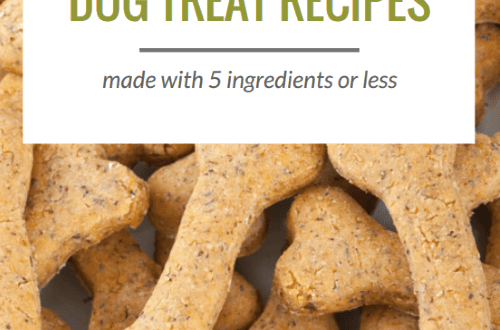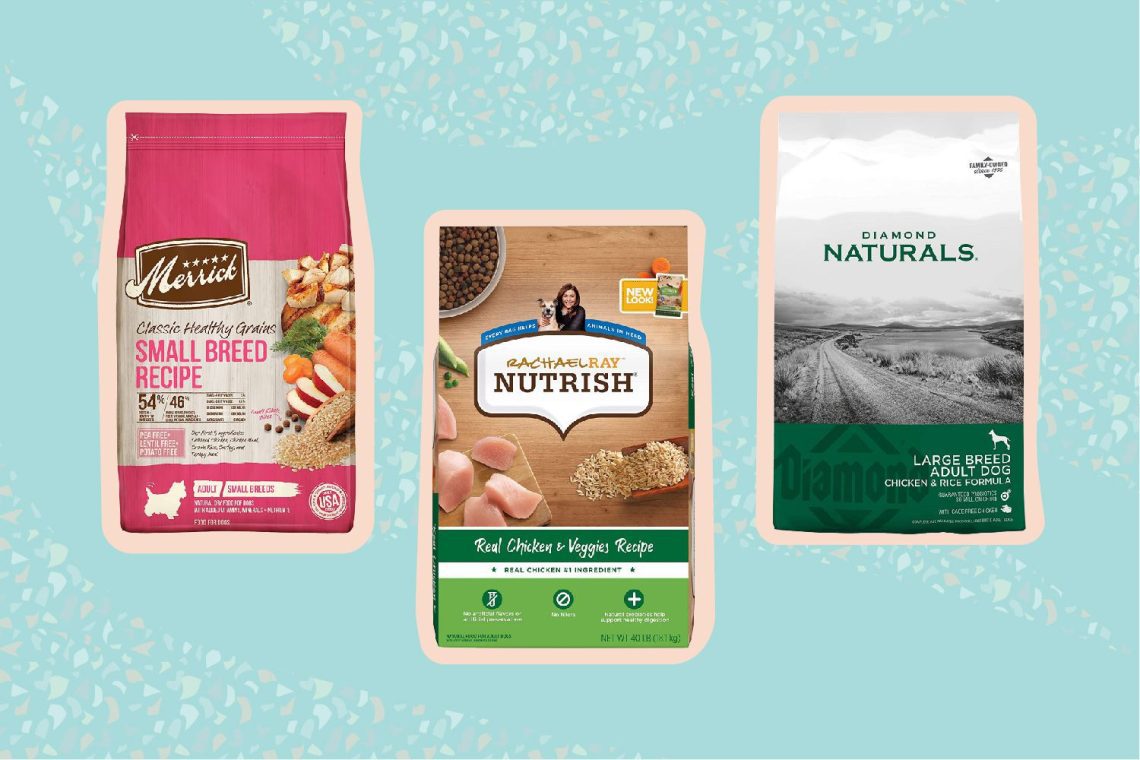
Natural food for dogs
Contents
What can you feed your dog
The correct distribution of the natural diet of a pet involves compliance with the following proportions:
- 50% – protein foods (meat, fish, offal, eggs, scrambled eggs);
- 30% – cereals (buckwheat, rice, hercules, gray and white bread);
- 10% – fresh herbs, vegetables, fruits;
- 5% – fermented milk products (kefir, sour cream, yogurt, curdled milk);
- 5% – vegetable oil, bran.
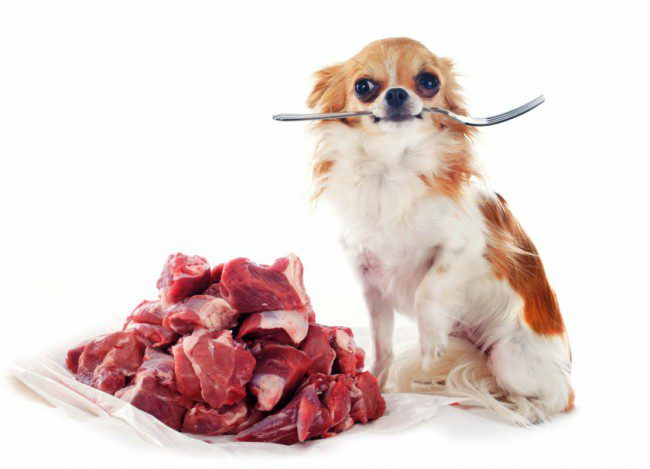
High protein foods
Protein food is the basis of the daily diet of dogs. It strengthens the muscles, ensures the normal growth of the animal. Such food includes:
- meat (beef, rabbit) and poultry. These dishes can be served either raw or cooked. However, it is still preferable to give raw products. The bird can cause allergies, and therefore it should be fed with caution;
- fish. At the same time, marine species absolutely do not require cooking – they are simply cleaned of bones, entrails and scales. As for river products, processing is indispensable here, since a dog can become infected with parasitic worms – helminths. Completely replace meat with fish products is not worth it. Such eating behavior will lead to the appearance of dandruff, the occurrence of problems with the gastrointestinal tract, and a slowdown in the growth of the pet. According to experts, twice a week will be enough, unless, of course, the caudate is one of the breeds bred in Japan. Then you can feed the dog with fish at least every day;
- heart, liver and other offal. To prevent the animal from becoming infected with parasites, it is necessary to exclude the adoption of raw food. Owners are advised to freeze it and then heat treat it. We must not forget about the measure – it is forbidden to cook offal more than three times a week;
- eggs. Raw or soft-boiled eggs will complement the meat menu. However, in this case, you should not be zealous. If you give your pet more than two eggs a week, it is easy to get diathesis.
Cereals
Rice, buckwheat and oatmeal porridge must be boiled in water or in meat broth. Next, it is advisable to fill them with a small amount of vegetable oil. Salt is not recommended, but if the dog refuses the dish, a small amount of salt is allowed to enhance the taste.
In addition to cereals, the dog is treated with gray bread (no more than 100 g per day) or white bread for the purpose of reward and exclusively in the form of crackers. We must not forget that a fresh product is digested many times harder.
Giving a caudate every day only porridge mixed with meat is not the right decision. Owners should definitely treat the dog with fruits (pears or apples), fresh herbs (parsley, dill, lettuce leaves) and, of course, vegetables (carrots, beets, tomatoes, cabbage, raw potatoes, pumpkin, zucchini).
Dairy products
The use of low-fat kefir, sour cream or yogurt is a must. Such food will protect the dog from problems with stool. For even better stimulation of the intestines, veterinarians recommend combining lactic acid products with bran.
Is it possible to give bones
It would seem that dog + bone = 100% compatibility. But in this case, everything is not as simple as it seems at first glance.
Eating bones has certain benefits for your pet and its health:
- benefits for ligaments and joints due to the collagen contained in the bones;
- prevention of tartar formation;
- pleasure for your pet.
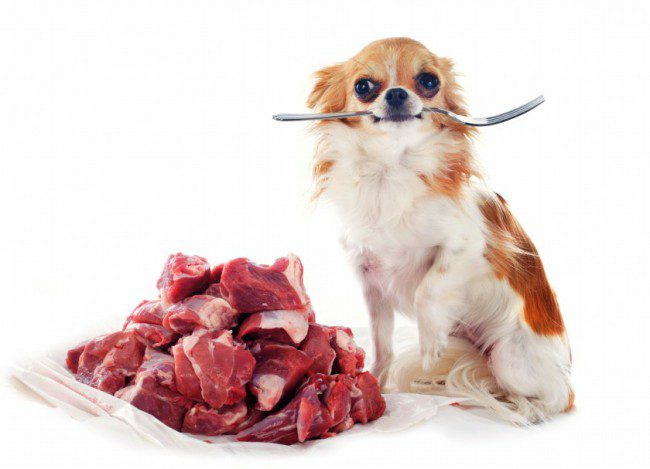
dog and bone
But it was also not without drawbacks:
- the risk of injury to the intestines and esophagus in case of eating boiled rib and tubular bones;
- a high probability of intestinal obstruction arising from the abundance of gluten.
Yes, dogs love the product, but is it worth risking the health of a beloved creature?
To avoid negative consequences, spongy (brisket, shoulder blade) and porous bones are used for food.
What Dogs Shouldn’t Eat
There are products that pets should not be given for a number of objective reasons:
- sorrel. Its use causes acute gastritis;
- mushrooms, raisins, grapes. Products lead to the development of renal failure;
- sausage, sausages, smoked meats, chips, crackers (non-natural). All additives other than salt are prohibited;
- pork. Such food is too fatty and is more likely to lead to obesity. In addition, there is a risk of infection with helminths;
- chocolate, sweets, any sweets, semolina, citrus fruits. In this case, the pet may have an allergy;
- milk. This product is not suitable due to lactose intolerance;
- barley, peas, beans, millet are poorly digested and provoke flatulence;
- pasta. Because of them, pets quickly gain weight;
- onion garlic. Their use causes anemia;
- small bones. They lead to injuries of the esophagus and intestines, as well as obstruction.
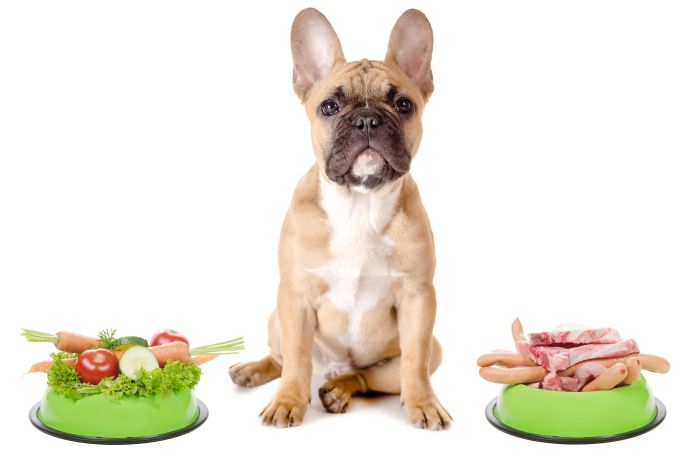
Sweet tooth doesn’t know what he’s doing!
Vitamins

Vitamins for dogs
If purchased feed already contains all the necessary elements, including vitamins, then in the case of natural food, the owners will have to think about this as well. Owners can give:
- natural products. These include seaweed, fish oil, brewer’s yeast;
- complexes in the form of tablets. In this case, the purchase is possible only after passing the necessary tests and consulting with a veterinarian.
Rules for feeding an adult
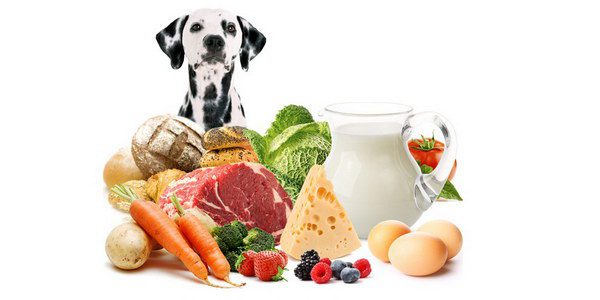
Within Temptation
Every owner who decides to feed a pet with natural food should know and follow the following recommendations:
- give only freshly prepared food;
- avoid large pieces, grind food in case of feeding small breed dogs;
- cook river fish;
- do not use milk in the process of cooking cereals;
- give food processed in the same way. For example, you can not eat raw vegetables with boiled meat;
- do not season food;
- maintain the same time intervals between meals;
- freeze meat, as well as offal to avoid parasites;
- periodically update the bowl of water so that it is always clean and cool;
- Serve separately fish, meat and dairy products;
- feed hercules rarely and with caution. Frequent consumption of oatmeal in food can lead to inflammation of the paraanal glands.
Feeding by breed
It is clear that it is not necessary to “comb one size fits all” dogs. Each breed has its own characteristics, which is why the diet will be different:
- owners of dwarf breeds should feed them high-protein foods;
- owners of very large breeds should give their pets more cartilage;
- Japanese breeds, unlike all others, will prefer fish and seafood to meat;
- when feeding dachshunds, English bulldogs, basset hounds, attention should be paid to low-calorie foods. These breeds are prone to obesity, so the owners will have to constantly monitor their weight.
Rules for feeding puppies
Up to two months, babies’ only food is mother’s milk or ready-made formulas if breastfeeding is not possible. It is allowed to use goat or cow milk, but only in case of urgent need and only for a few days. Feeding such products for a long period of time will lead to beriberi.
At the age of three weeks, puppies receive their first complementary foods. This is meat, cereals and vegetables, ground into a puree. After a month and a half, it is allowed to give fermented milk products (kefir, cottage cheese, sour cream). From four months – fresh cabbage and sea fish.
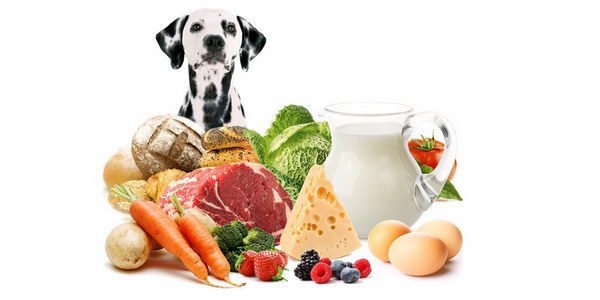
Puppy nutrition
Feeding frequency
Babies up to a year are fed depending on age:
Age (months)
Number of times
After 1 year, pets are fed twice a day: in the morning and in the evening. More often undesirable, because the stomach will not be able to digest the incoming food, and the dog will suffer from a feeling of heaviness. And, on the contrary, if you feed 1 time per day, the rest of the time the pet will starve.
Portion calculation
When calculating the desired indicator, veterinarians advise focusing on some parameters.
The table below shows the serving size depending on the age of the dog:
Age
Serving Size
Number of meals
2-6 months
7-8% of own weight
4-5
If you calculate calories, then for puppies, experts recommend taking into account age, and for an adult dog, breed. Below is a table of calories per 1 kg of weight for puppies by month:
Age
Calorie content (kcal/kg)
Next, consider how to take into account calories depending on the breed:
Breeds
Calorie content (kcal/kg)
Calculation of the daily portion (example)
Let’s calculate the norms for huskies on our own:
- six-month-old puppy weighing 15 kg;
- an adult weighing 25 kg.
After completing the calculations, we summarize them in the final table:
Age
Weight, kg)
Total calories (kcal)
Meat, offal, fish (50%)
Cereals (30%)
Vegetables, fruits (10%)
Dairy products (10%)
6 months
15
2040
1020
612
204
204
Over a year
25
1725
862,5
517,5
172,5
172,5
Menu for 7 days: an example
To help the owners, we offer a simple menu for the week:
Day of the week
First trick
Second trick
Monday
Buckwheat, boiled pollock, dressing: vegetable oil
Cottage cheese and dried apricots
Tuesday
Boiled beets, chicken meatballs, rice
Braised cabbage, boiled liver
Wednesday
Braised beef with pumpkin and carrots
Oatmeal, ryazhenka
Thursday
Rice, tripe with stewed pumpkin
Meat broth, turkey meatballs
Friday
Boiled perch, raw cabbage
Hercules porridge with kefir
Saturday
Beef heart, buckwheat, zucchini
Salad of fresh cabbage and carrots, dressing: linseed oil
Sunday
Rabbit, rice, tomatoes
Buckwheat, minced chicken
How to transition your dog to a natural diet
Transferring the dog to the “natural” should be gradual. Start with one type of protein and cereal. Then add vegetables, other types of protein, cereals, low-fat dairy products, and only at the end – fruits and berries. For example, boiled beef or turkey with a little buckwheat is perfect for the first week.
Divide the daily ration into 7 parts. On the first day, 6/7 should be on dry food and only 1/7 on natural products. The next day, reduce the proportion of “drying” to 5/7, and allocate 2/7 for products. Continue this sequence of actions, and by the end of the week, the pet’s diet will consist entirely of “natural”.
If the dog is naughty and refuses to eat normal food, do not worry and wait 1-2 days. In many industrial feeds, especially inexpensive ones, manufacturers add flavors and flavor enhancers. Because of this, the taste of natural products seems not so rich and bright. When the taste buds are cleared, the dog will taste the food. At first, it is allowed to soak dry food and mix it with food so that it seems more fragrant. For the same purpose, wet canned food is suitable.
Pay close attention to your dog’s health and digestion. A slight decrease in appetite, as well as a change in the frequency, time of defecation, and stool quality in the early days are acceptable. For more serious problems, consult your veterinarian.





